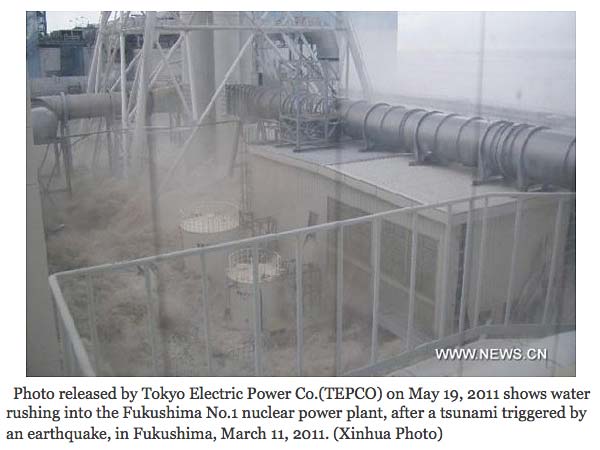Quick Review – ASIS Mobile Show App
Posted in Technology Evaluation, Physical Security Infrastructure on September 24th, 2017 by RodneyMobile devices provide value at trade shows. Having the information available on the show floor can be a great tool to improve your use of precious time on the floor. Unfortunately, like anything else on your mobile device, it introduces another potential place to be attacked. And like most mobile apps, it’s actually made by some 3rd party developer you weren’t really aware you were trusting. We don’t really need 10,000 physical security professionals wandering around a convention center in Dallas bleeding their too-overused favorite passwords onto the public internet. Read more »
